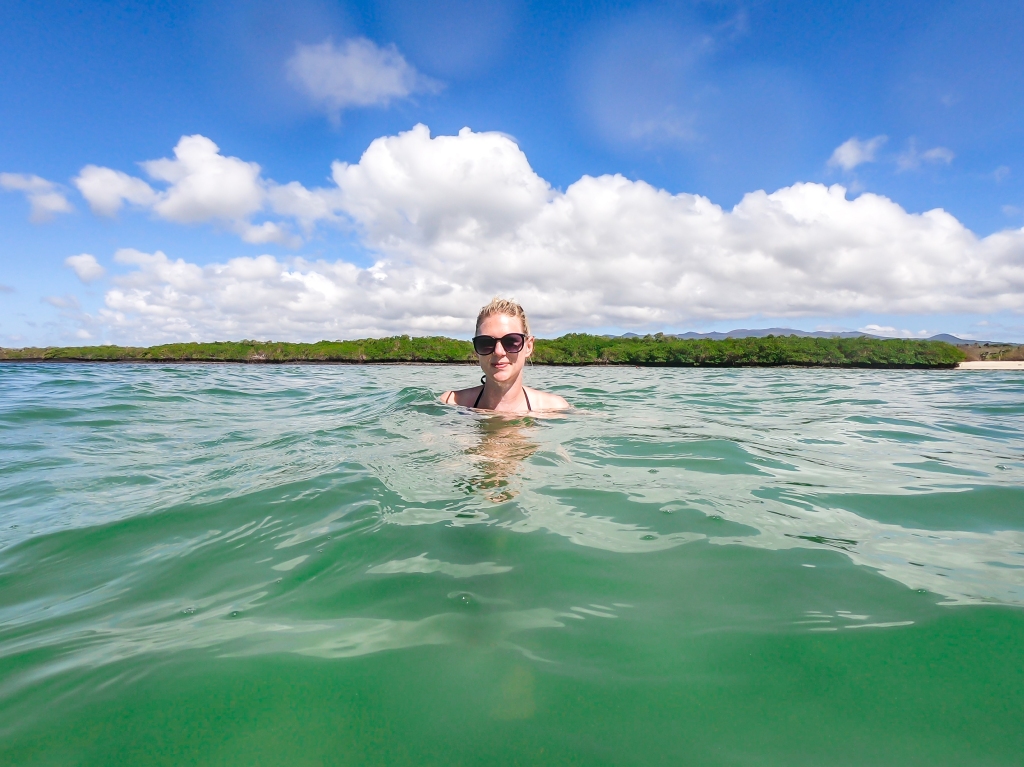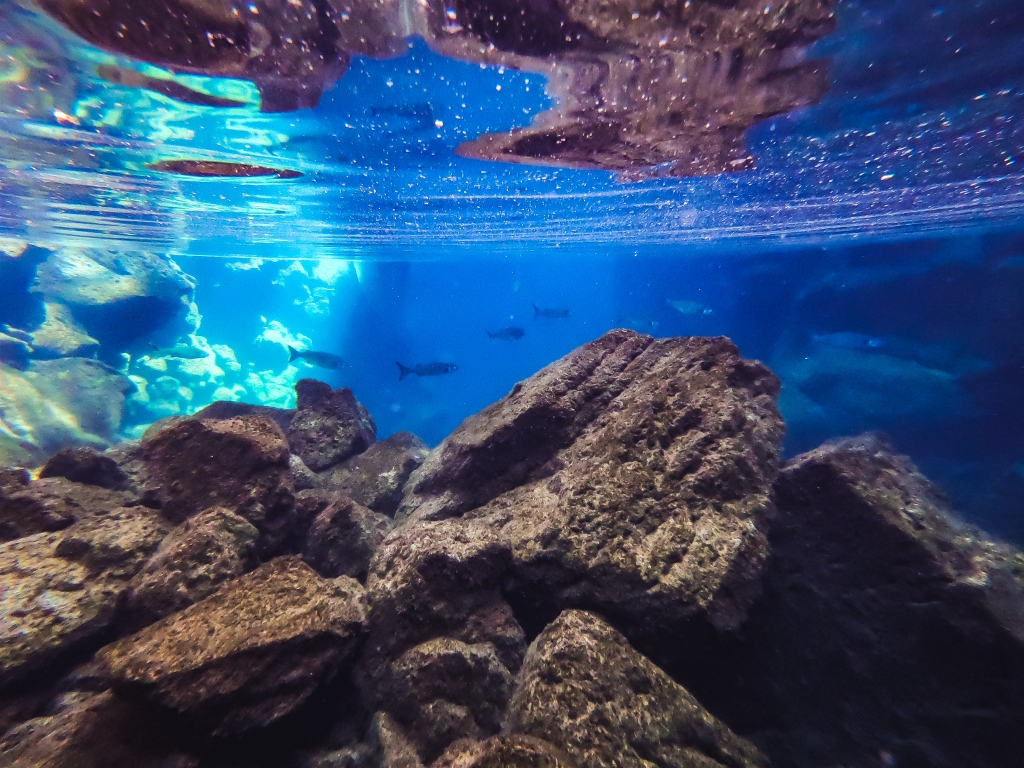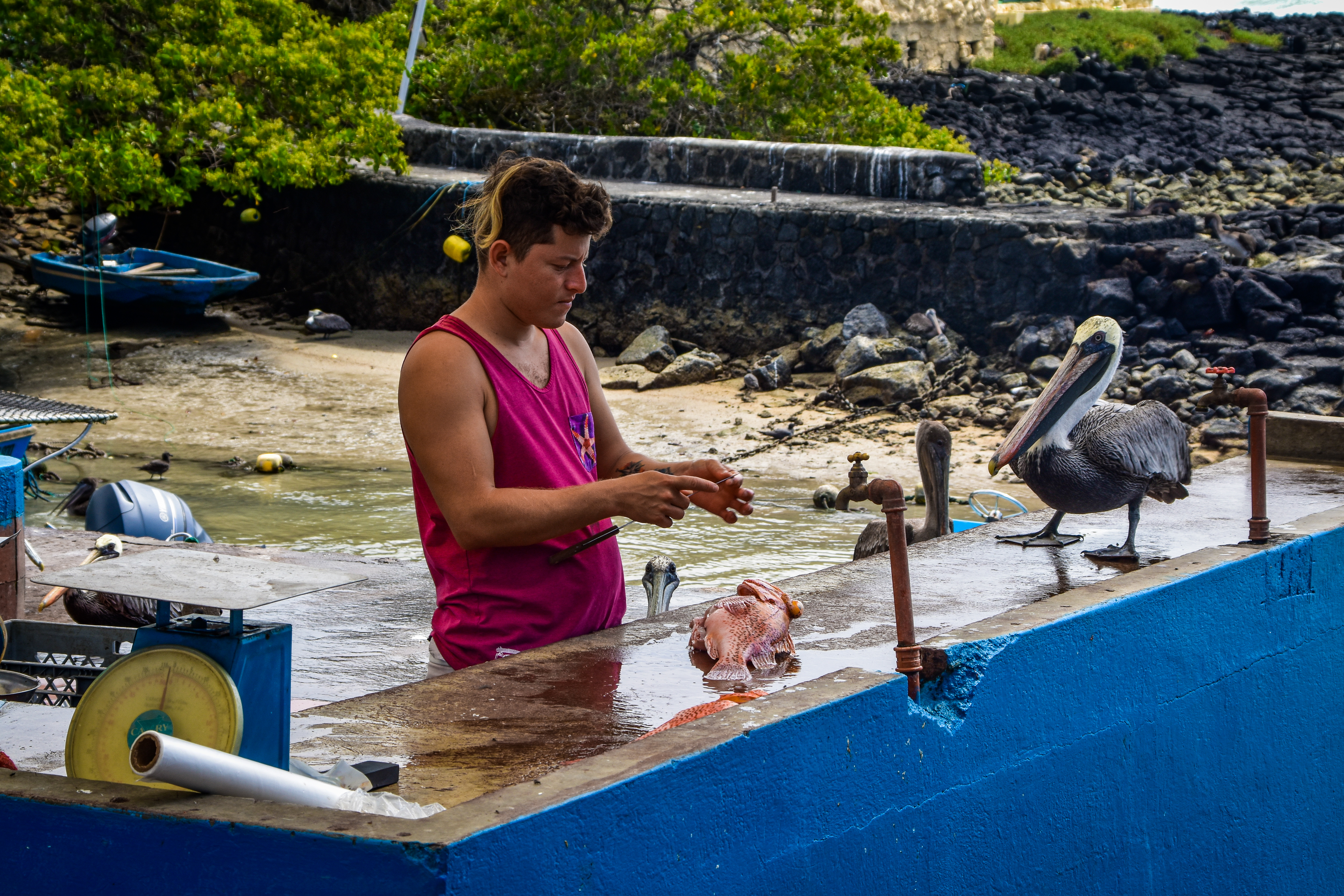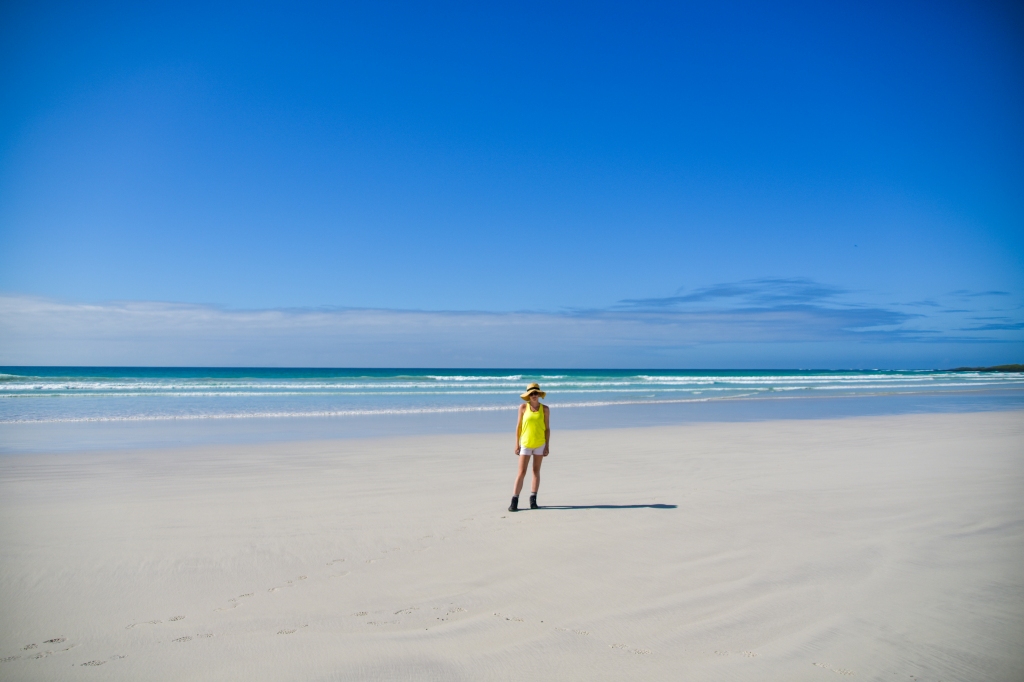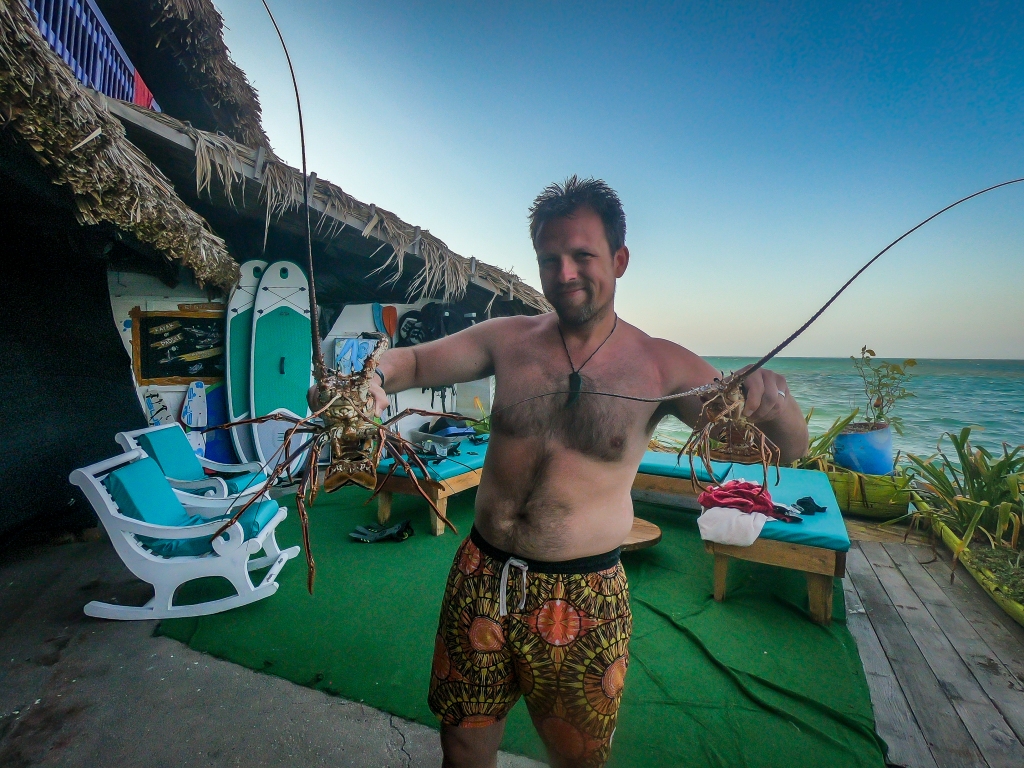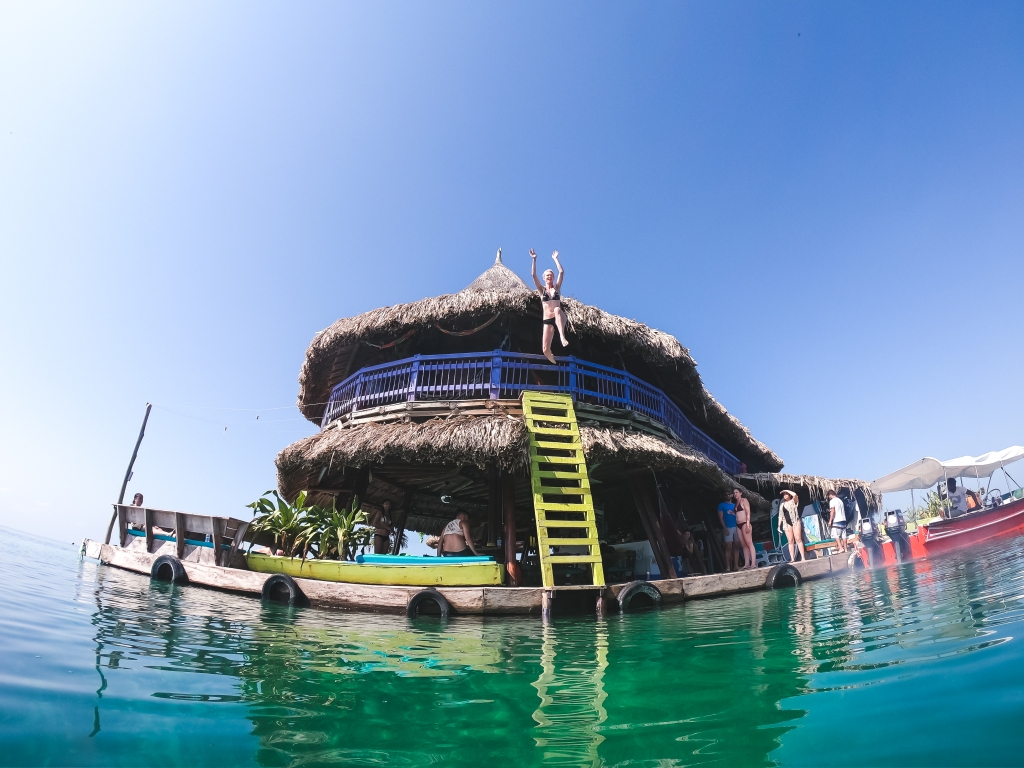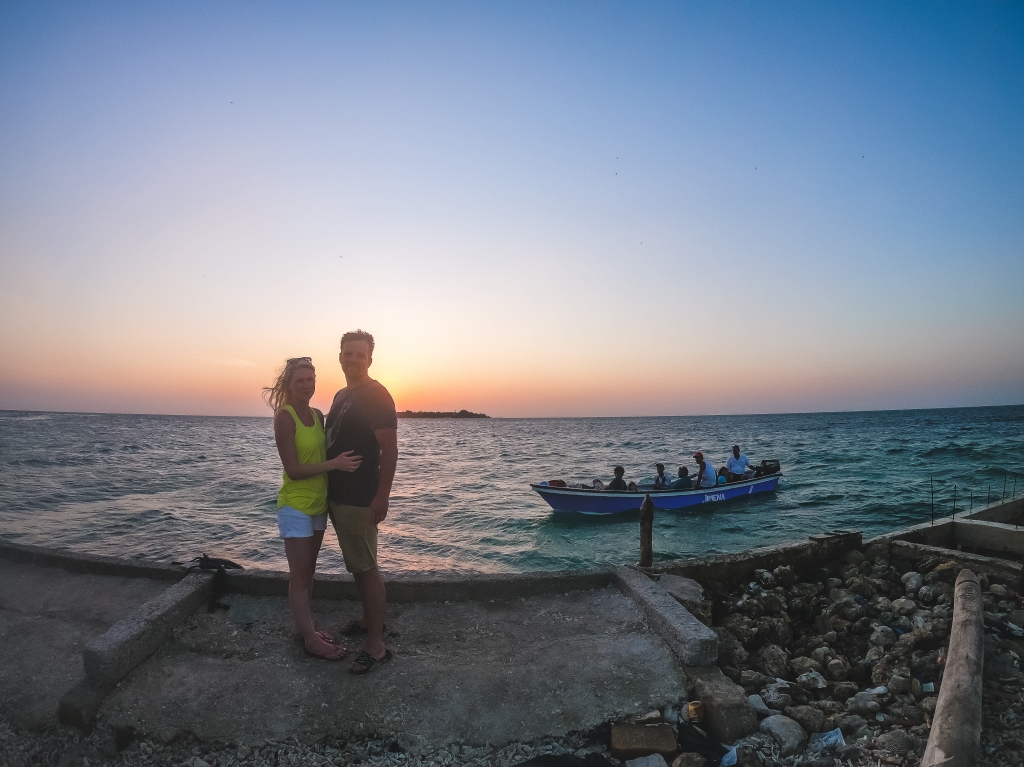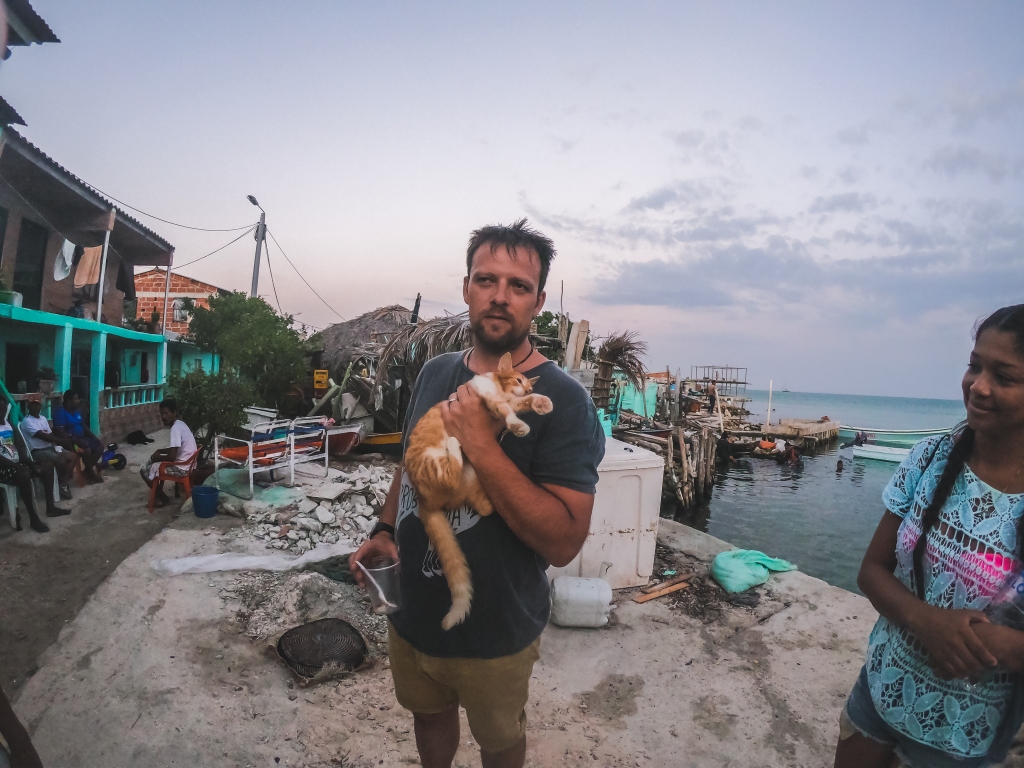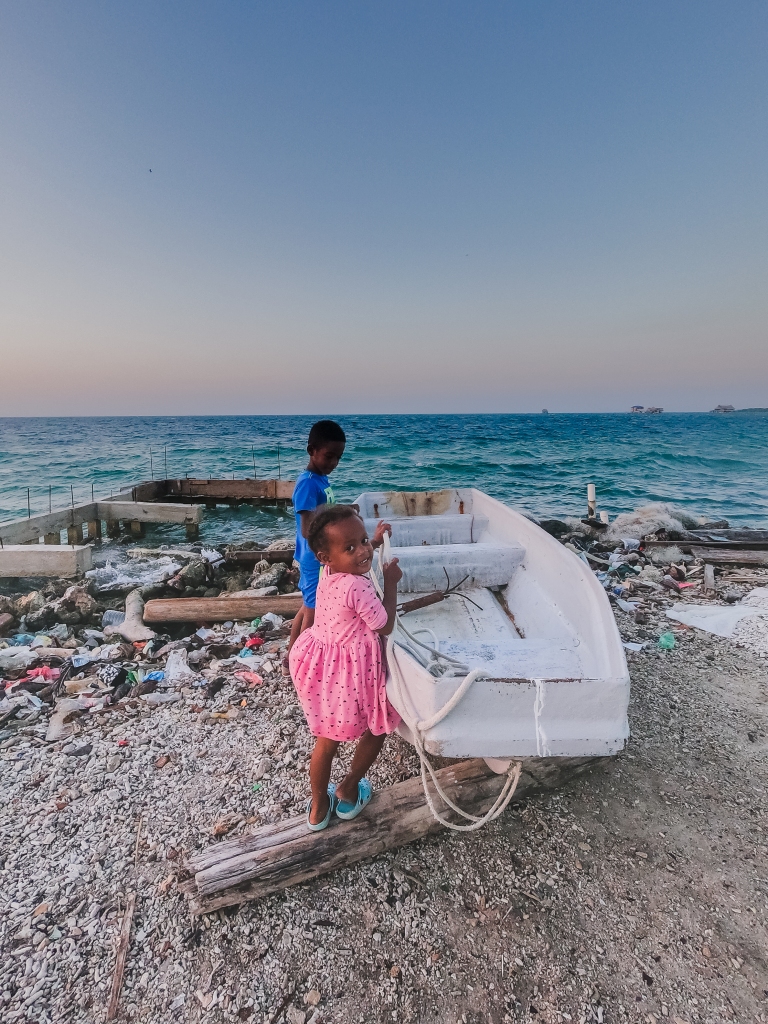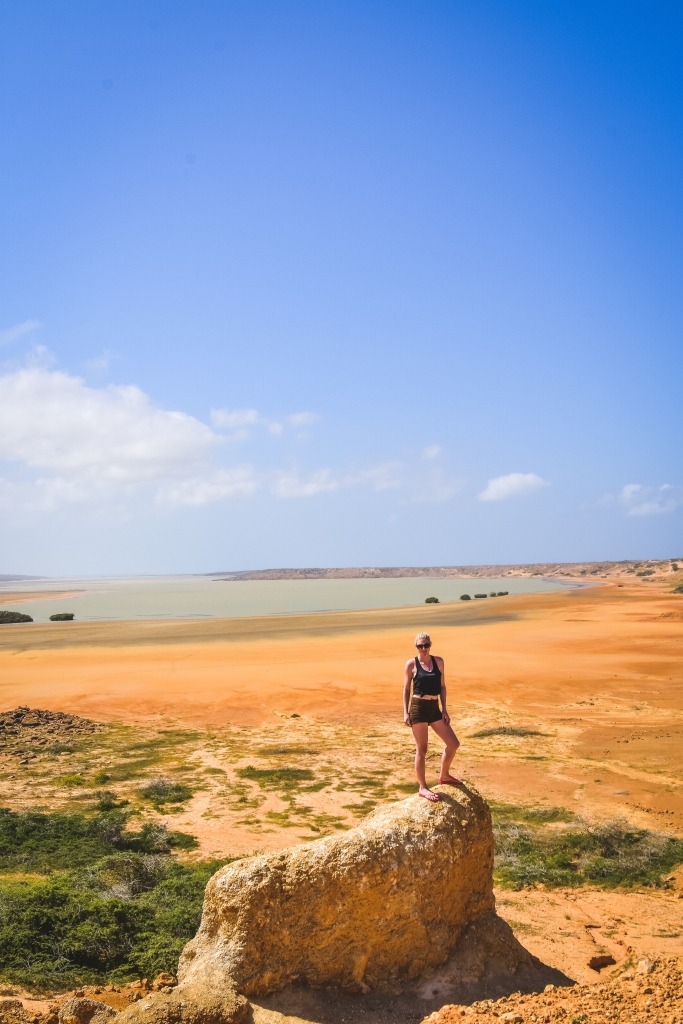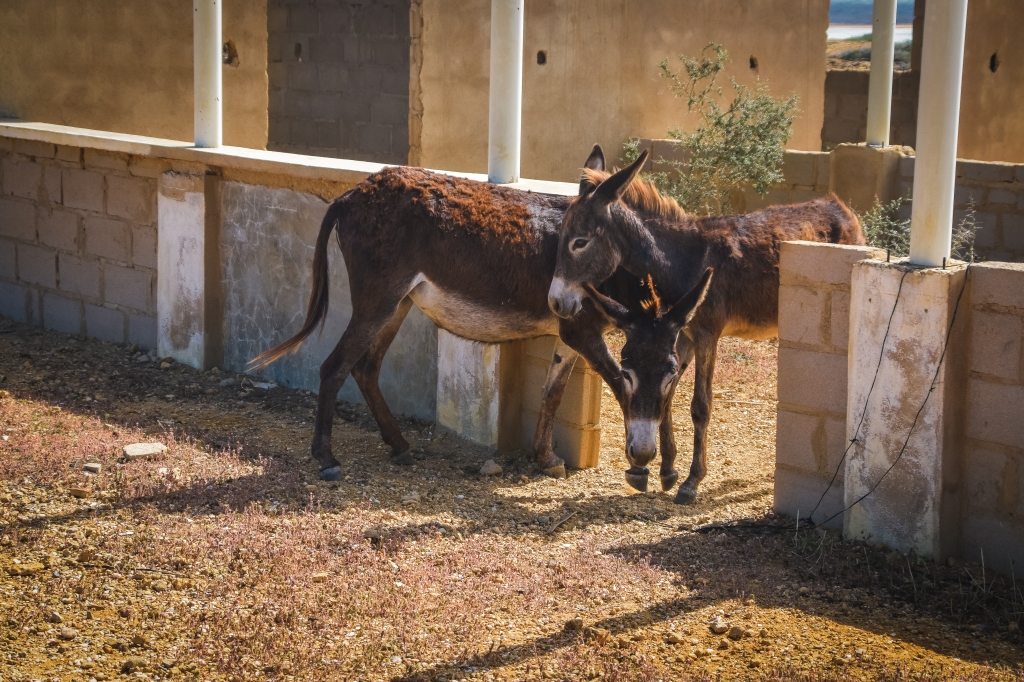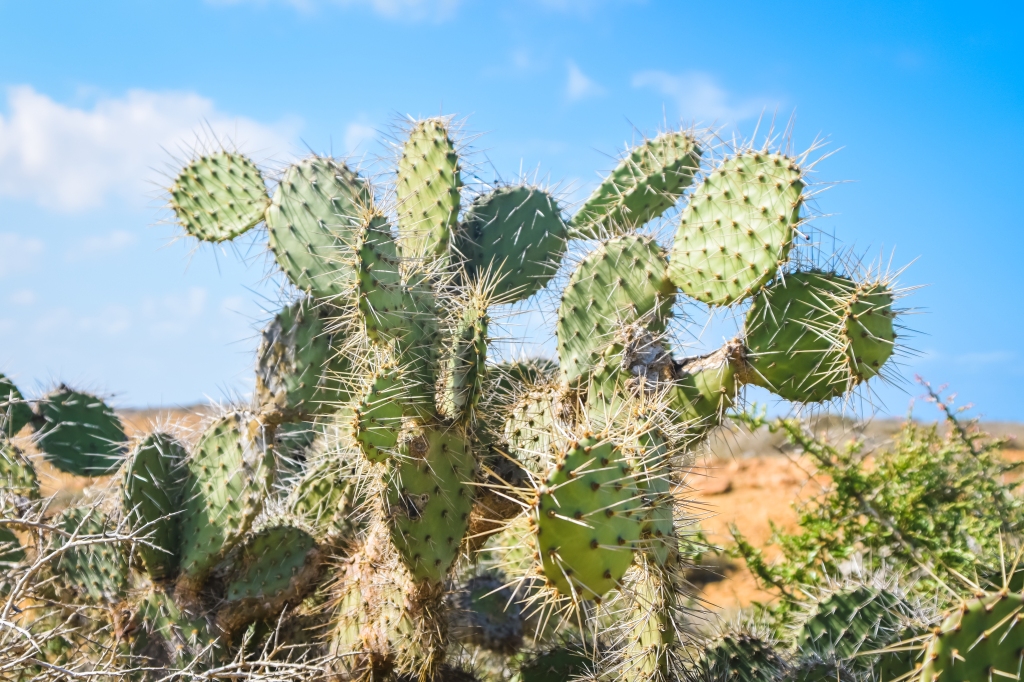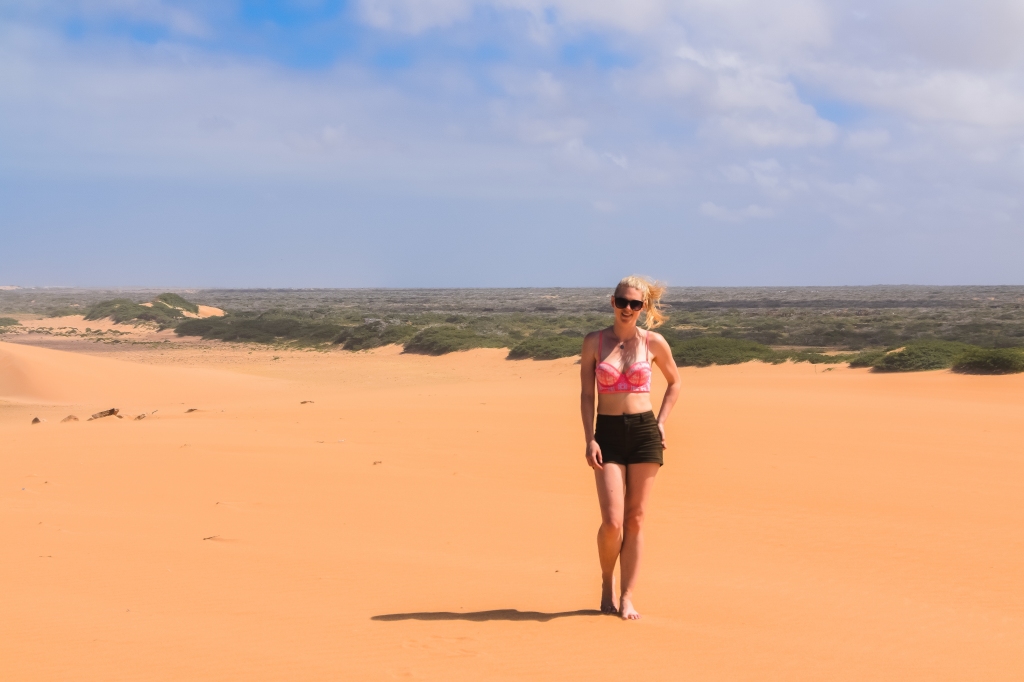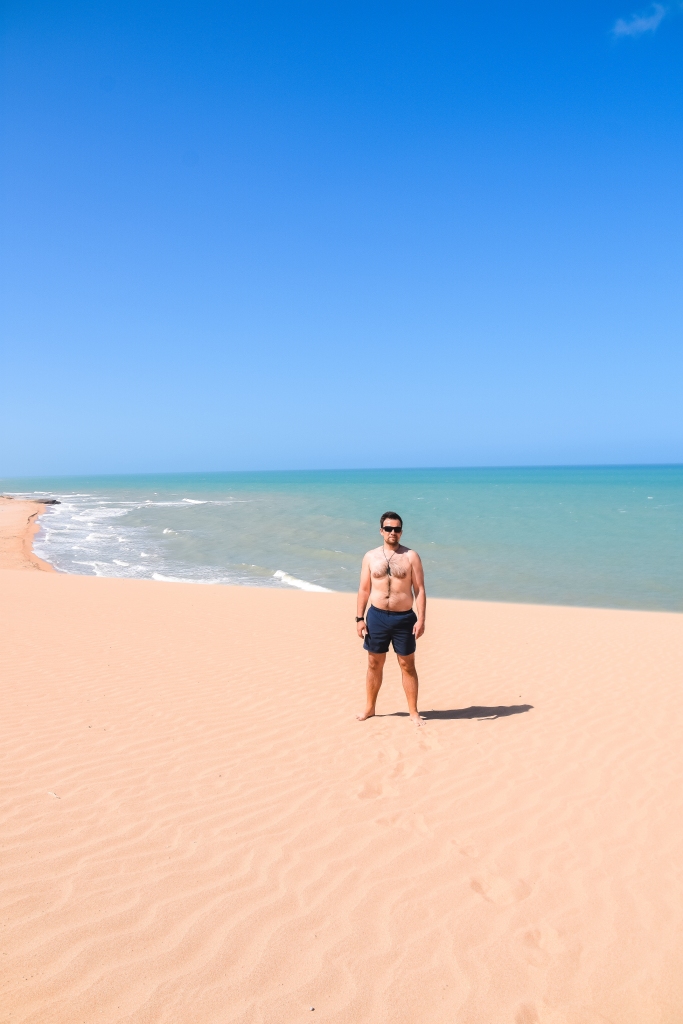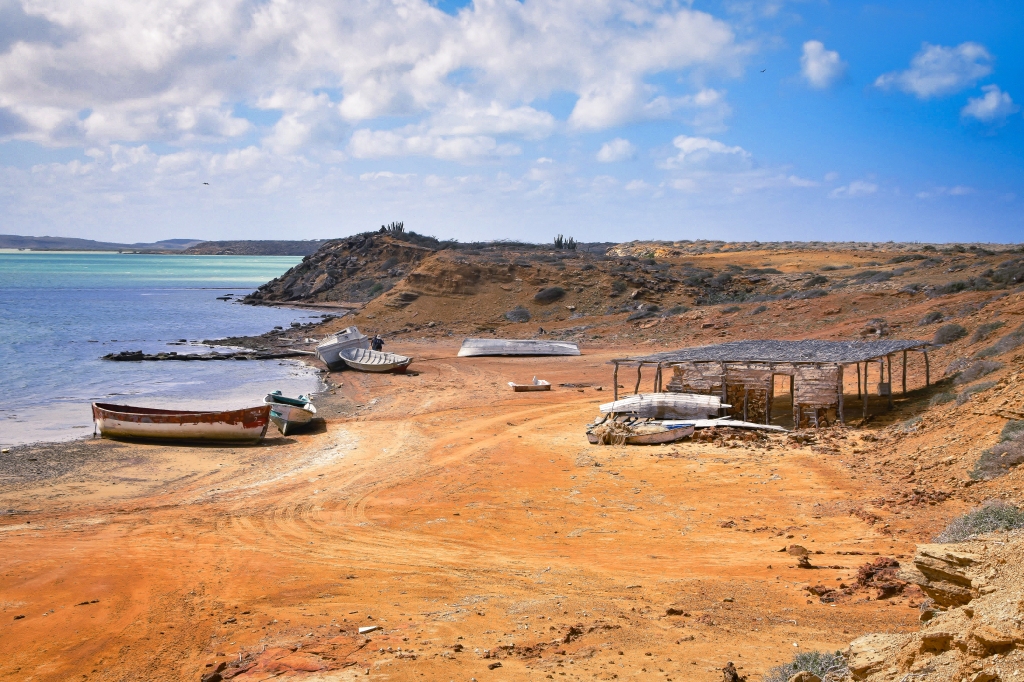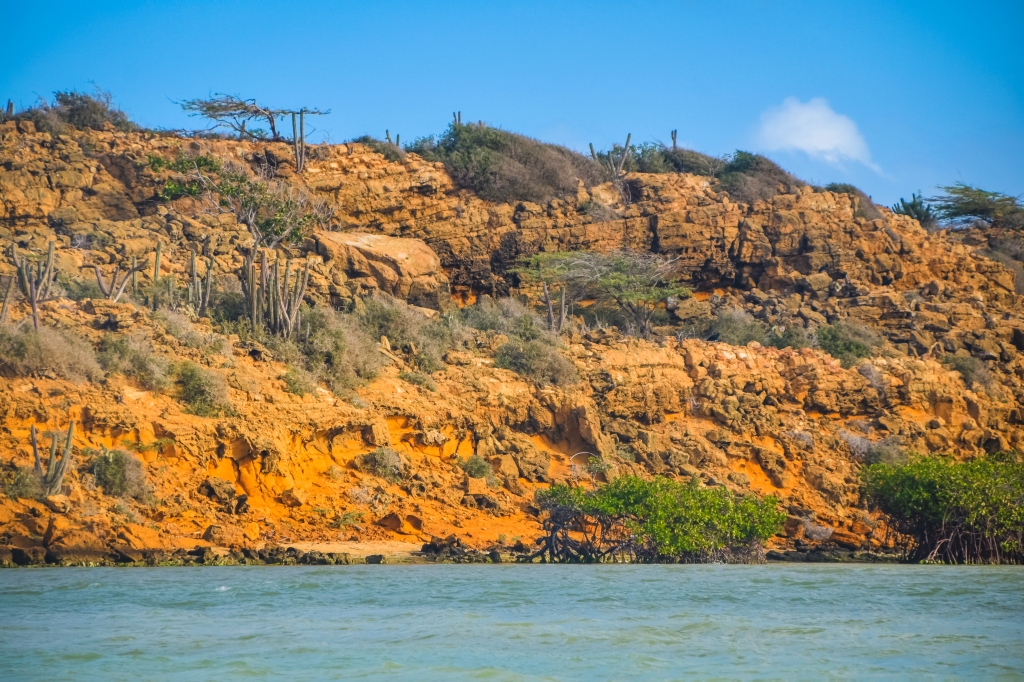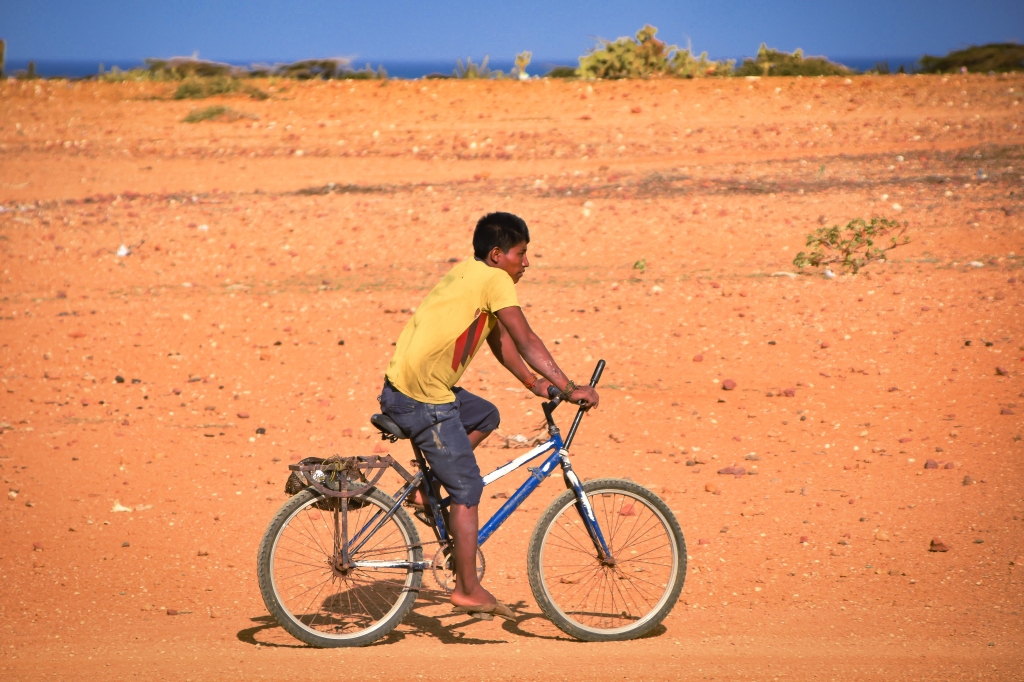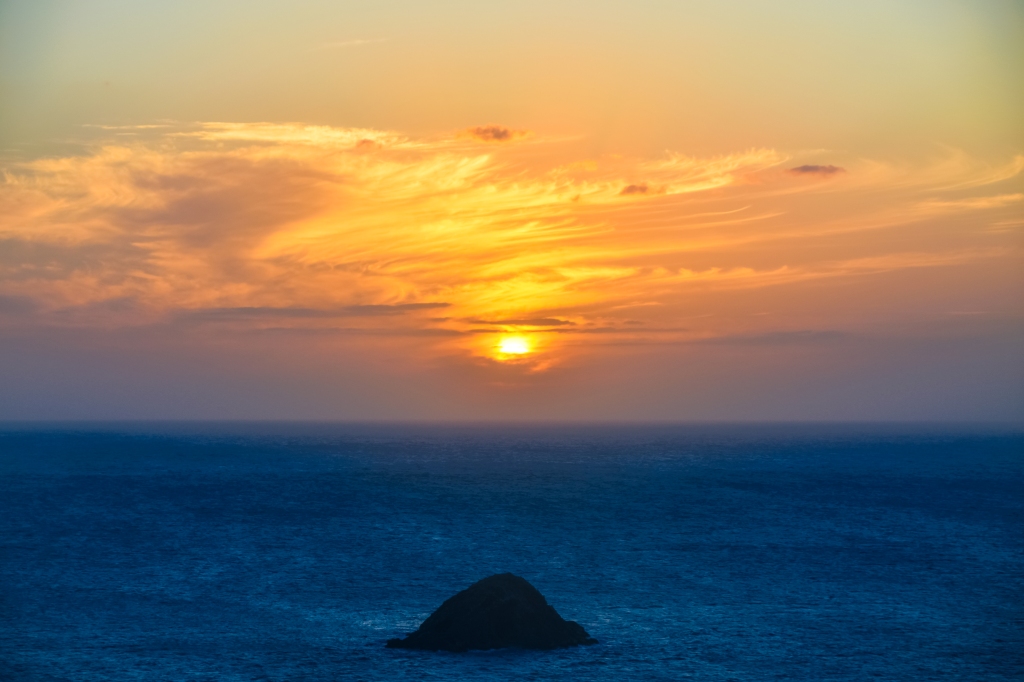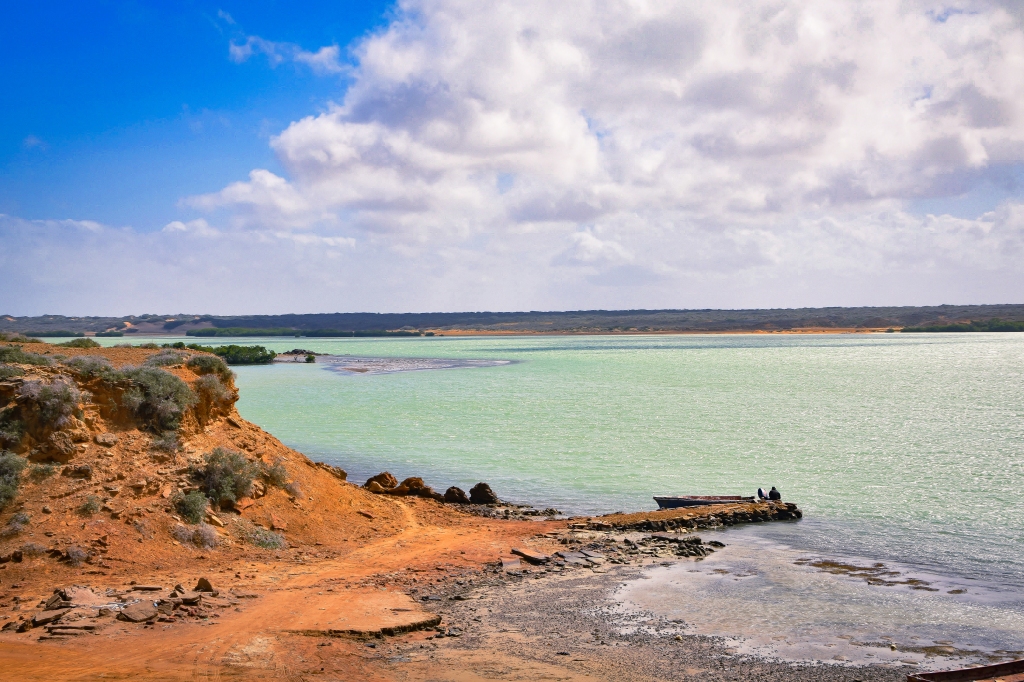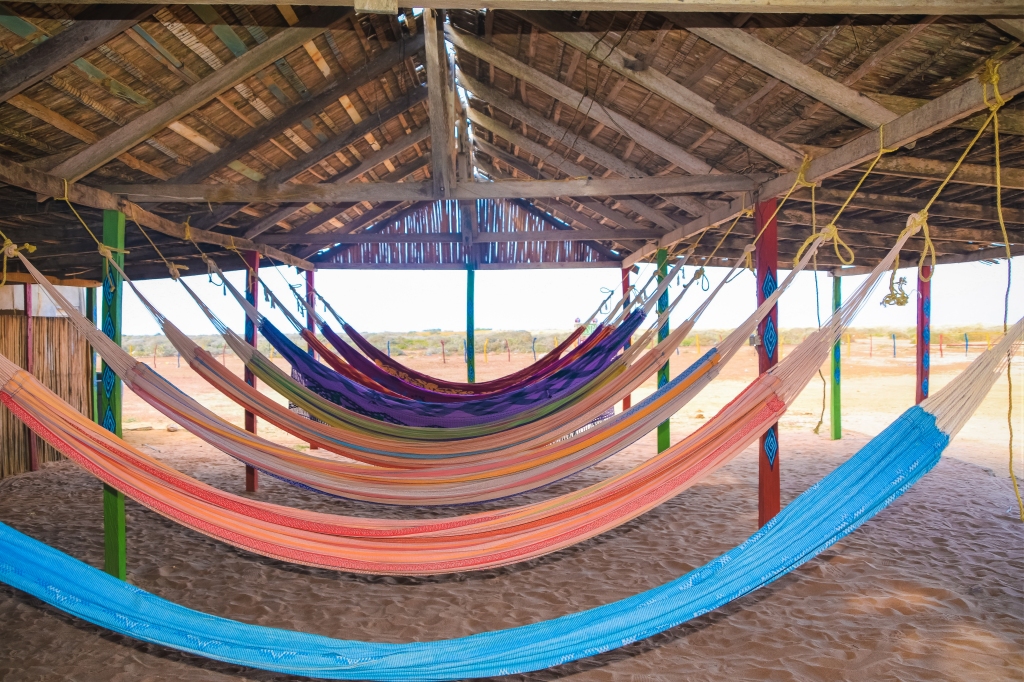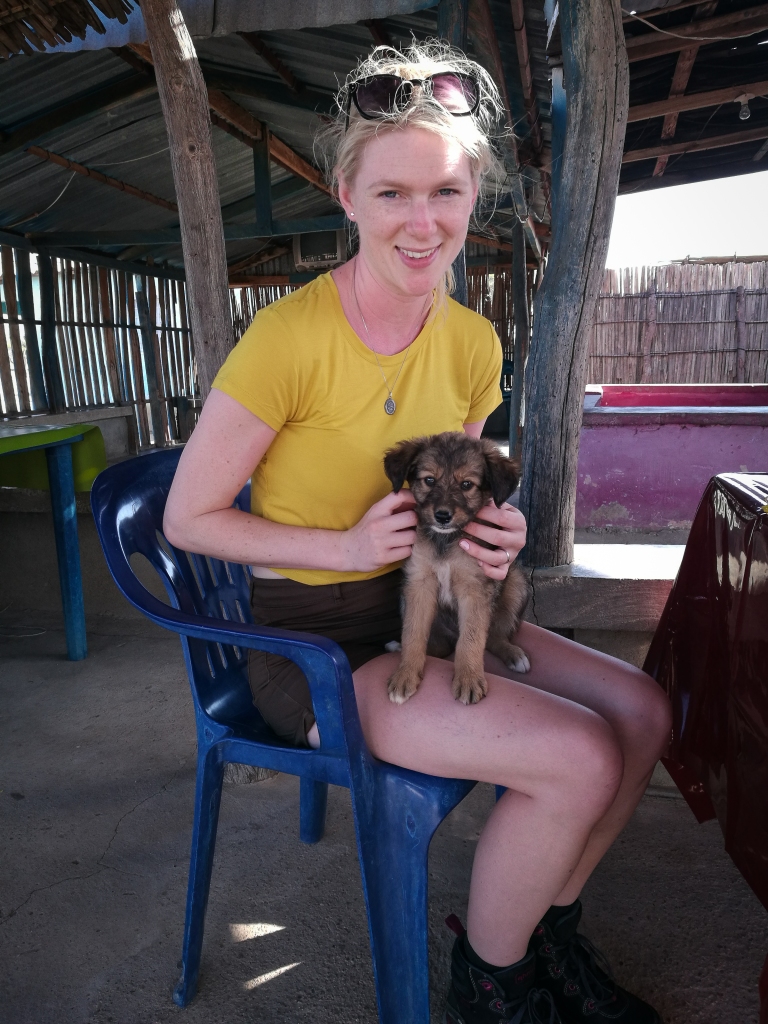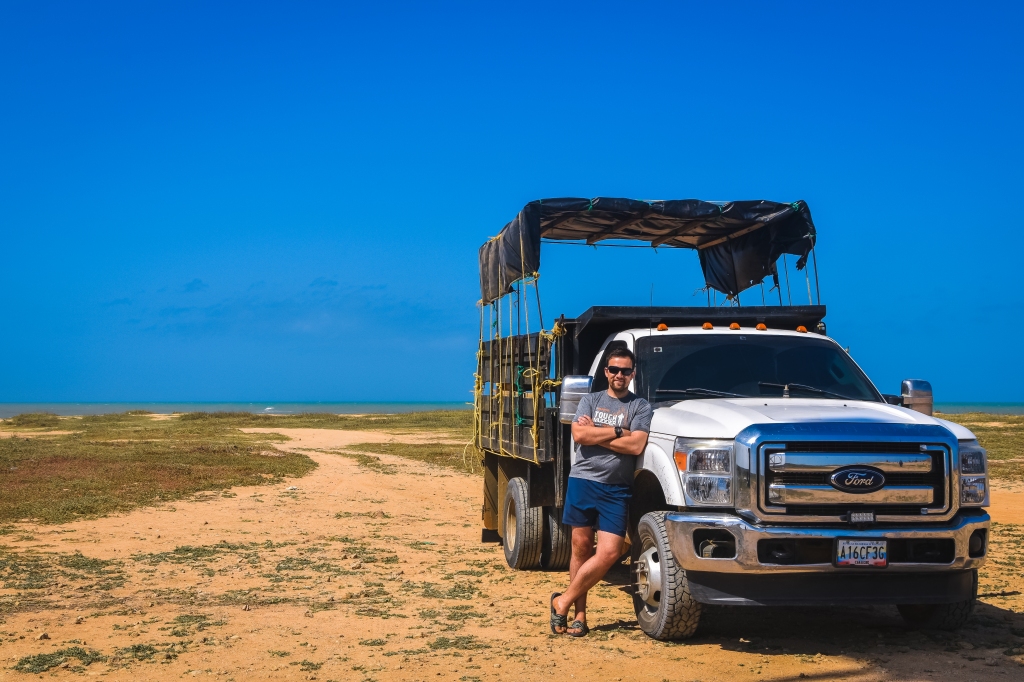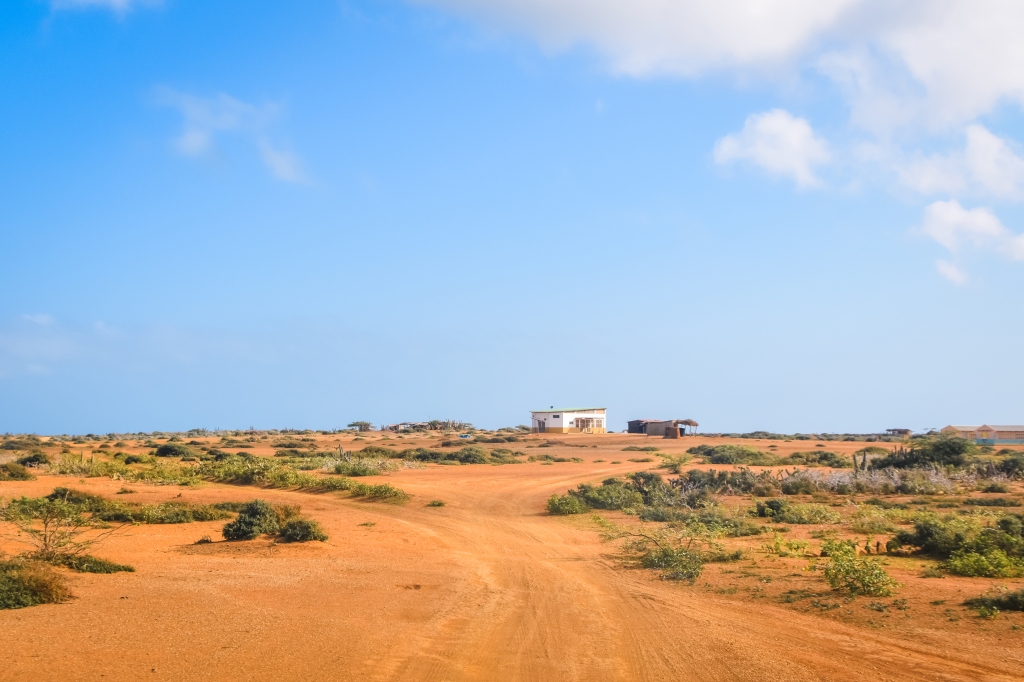This post contains affiliate links. If you use these links to book a stay or purchase an item I may earn a commission at no cost to you.
Even if you love adventure, sometime you just want to have a relaxing beach holiday and let the stress wash away. I found the best of both worlds in Vietnam – culture, sightseeing, food, adventure AND great weather, beaches and luxury.
Da Nang was the perfect place to stop and rest a few days to do nothing except chill out by the pool and beach and most importantly RELAX. My Khe Beach which runs a long way down the coast of Da Nang was rated by Forbes as one of the world’s most attractive beaches.
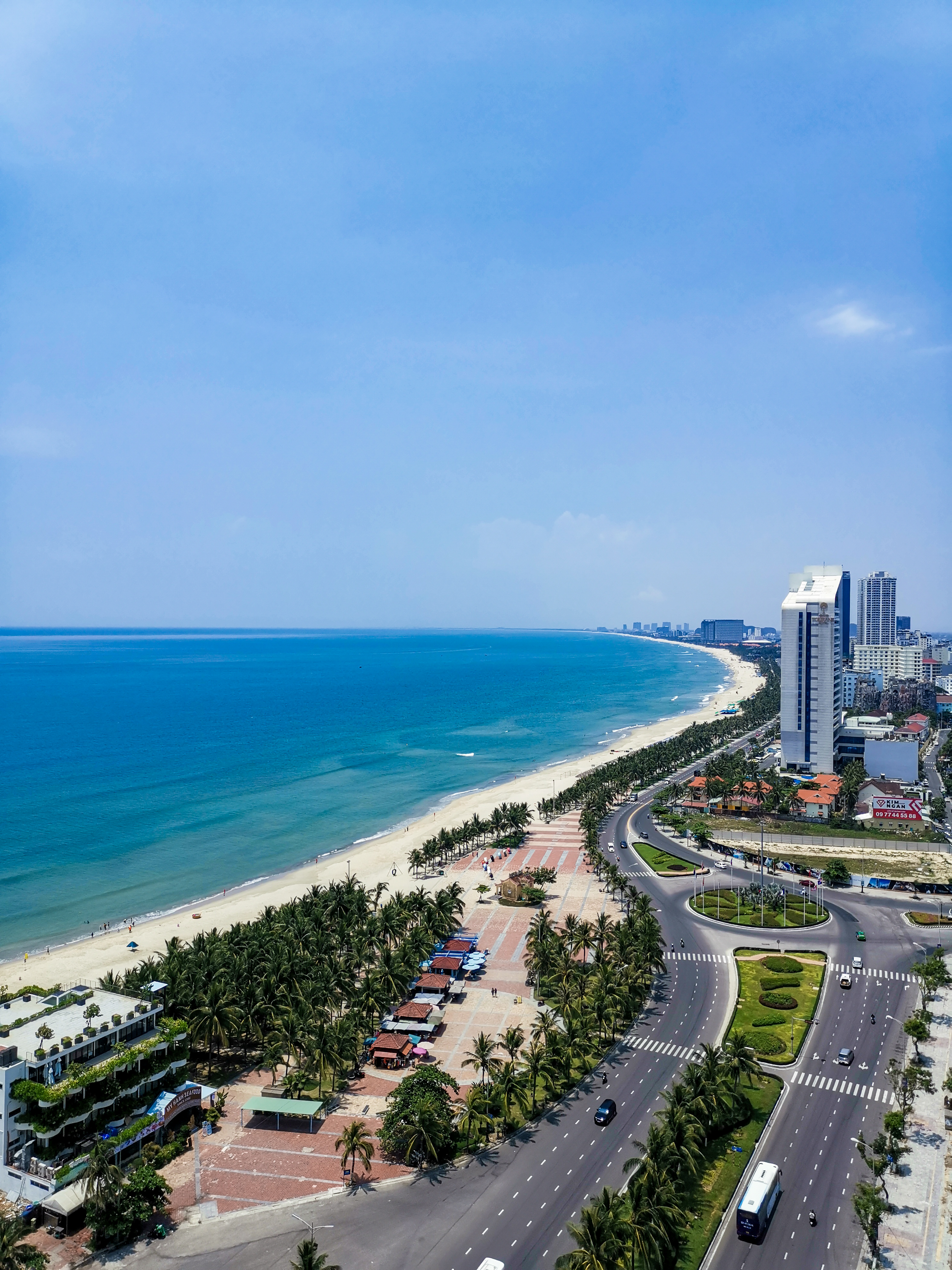

Top Tip for a Da Nang Beach Vacation:
Choose where to stay carefully – the beach here is beautiful and you can find resorts and hotels all along it however some are quite far away from anything else of interest. If you want seclusion this might be wonderful but if you don’t want to rely solely on your resort and hotel for everything you may want to find somewhere more central to stay.
Where to stay:
We stayed at Paris Deli Danang Beach Hotel but you can find tons of great options on Booking.com. Paris Deli has relatively affordable premier seafront rooms with bathtubs and Japanese toilets plus there is a daily included buffet breakfast. The hotel also has a rooftop pool overlooking the ocean.
We chose this hotel because it is across the road from the beach, has a nice pool and therefore a resort-feel while still being walking distance from many restaurants and bars and the Dragon Bridge.
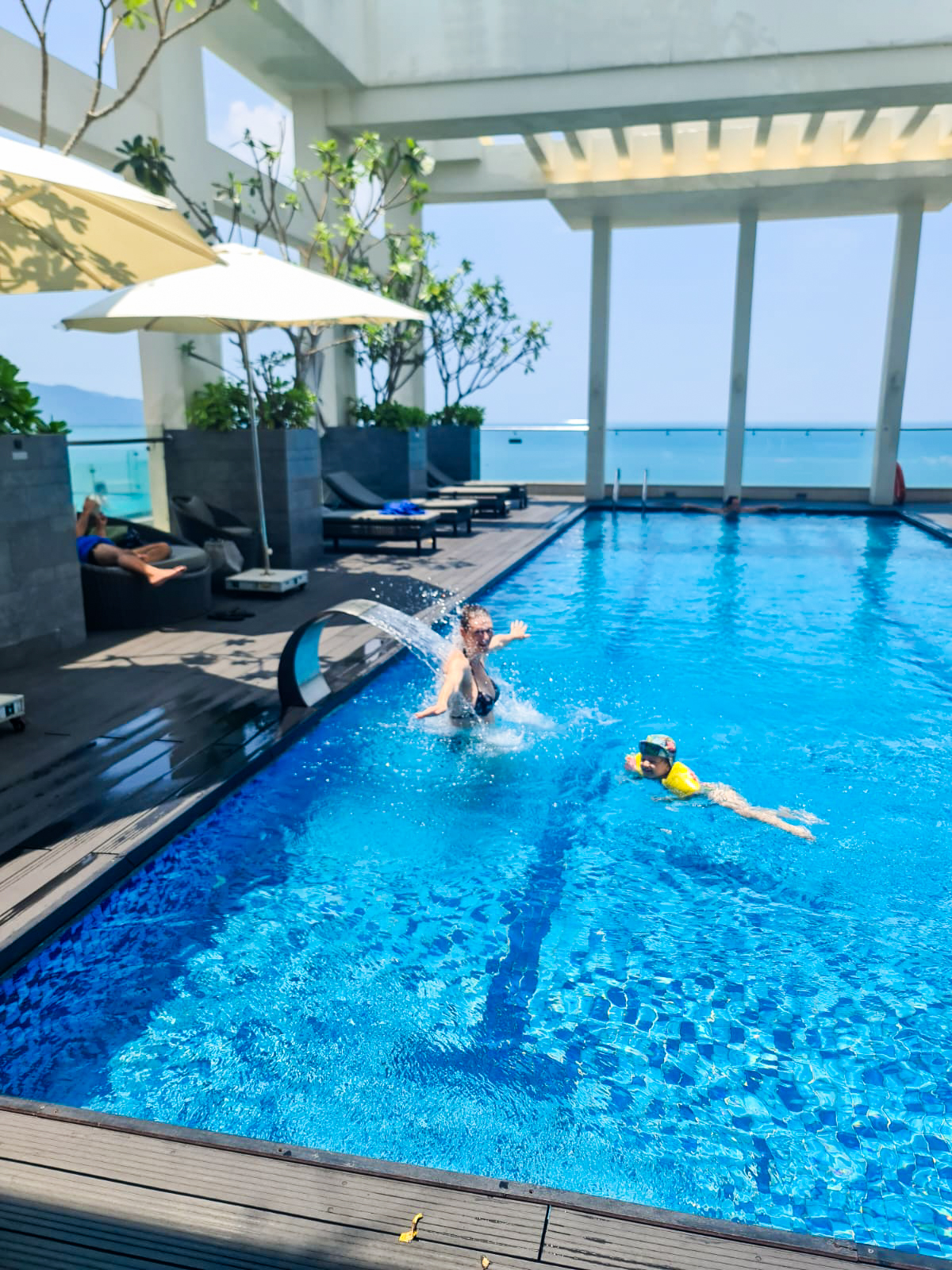

Getting there and away:
Da Nang is a large city with a busy airport so its very easy to get here from any city in Vietnam. There are multiple flights a day from Hanoi and Ho Chi Min City. Da Nang Train Station also has trains travelling the length of the country.
Getting around:
We chose a hotel right by the beach as we wanted to be able to come back and forth from here with ease however if you are staying further away taxi’s and private drivers are readily available and affordable. If you would like to visit the river and the dragon bridge (the light show at 9pm on the weekends is a highlight) its only about a 30 minute relaxed walk from the part of the beach we stayed at.

Food and Drink:
- Esco Beach – This beach bar was right across the road from our hotel and we spent a LOT of time here. Great cocktails, happy hour, an infinity pool overlooking the ocean, comfy seating and to top it all off they have a fire show most nights at 9:30pm with some amazing performers.
- Moc Quan Seafood – This is a fantastic seafood restaurant very close to the beach but more of a local haunt with more reasonable prices. Expect to have to queue for a while – it can get very busy but there is lots of space inside. For those with kids they have a small children’s play area which is a bonus.
- Paris Deli Danang Beach Hotel – If you are staying here the hotel food is actually quite decent and affordable so there isn’t much reason to leave! There is also no added surcharge for room service so go crazy and just order in. The Pho and the Club sandwich are particularly good.
- Bladi Restaurant – This is a Moroccan restaurant which will suit you if you are a bit tired of the local cuisine. The food was excellent and the waiter was quite rude (entertainingly so). Its a bit pricey though with very small portions.
- Mỹ An Garden Coffee – A very local and affordable spot for coffee. It’s a nice escape from the heat with a lovely little garden and pond.


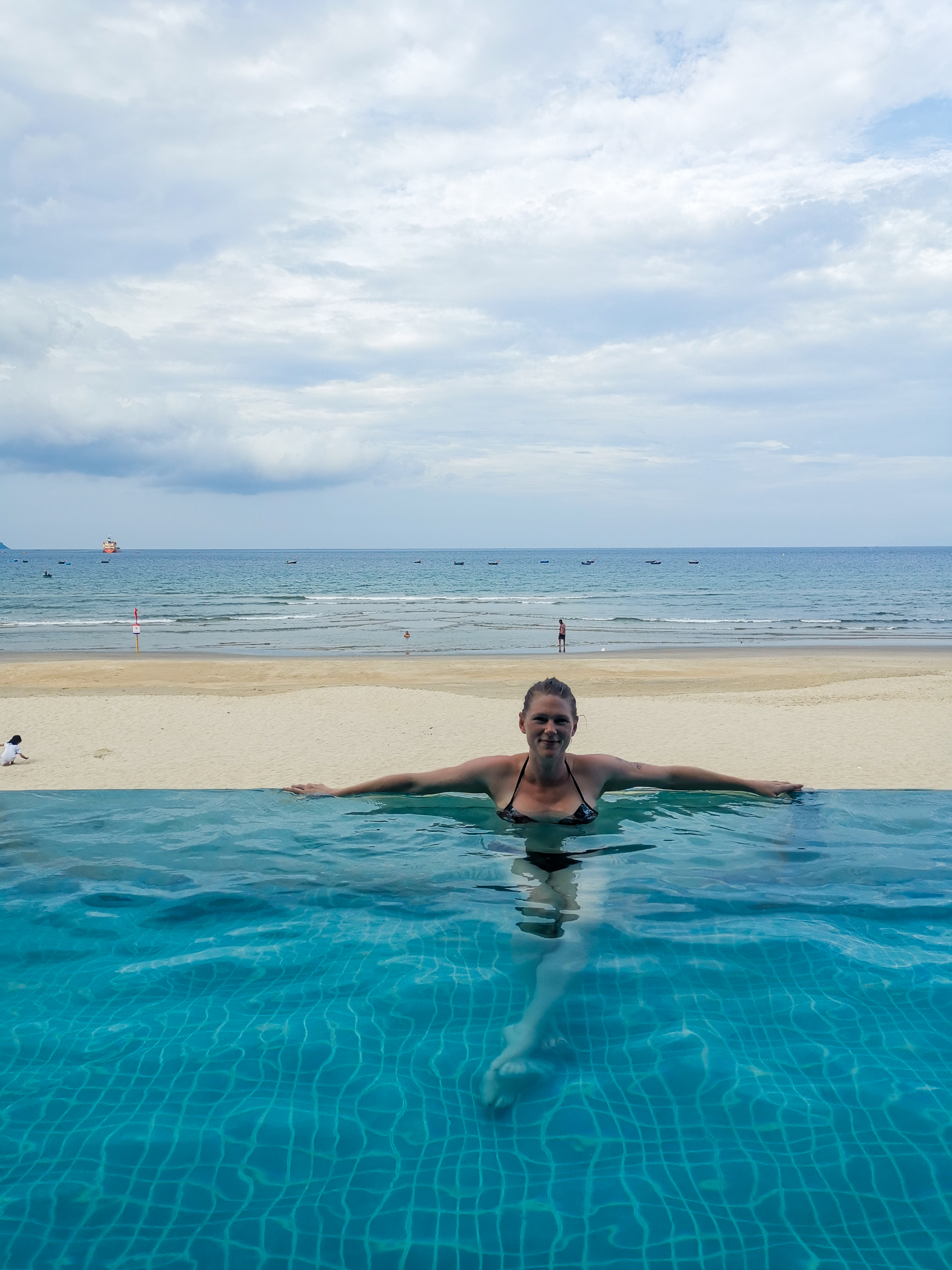
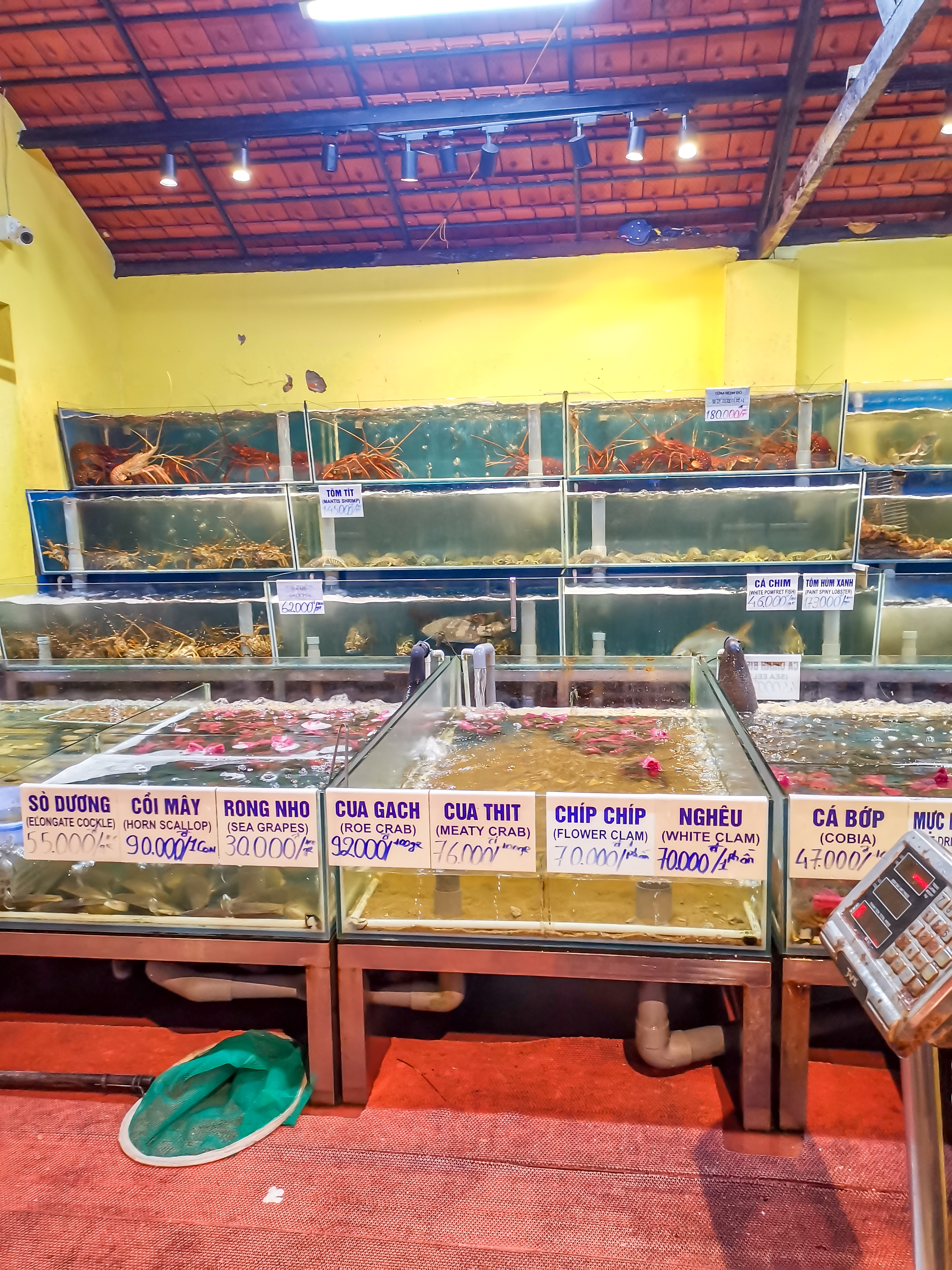
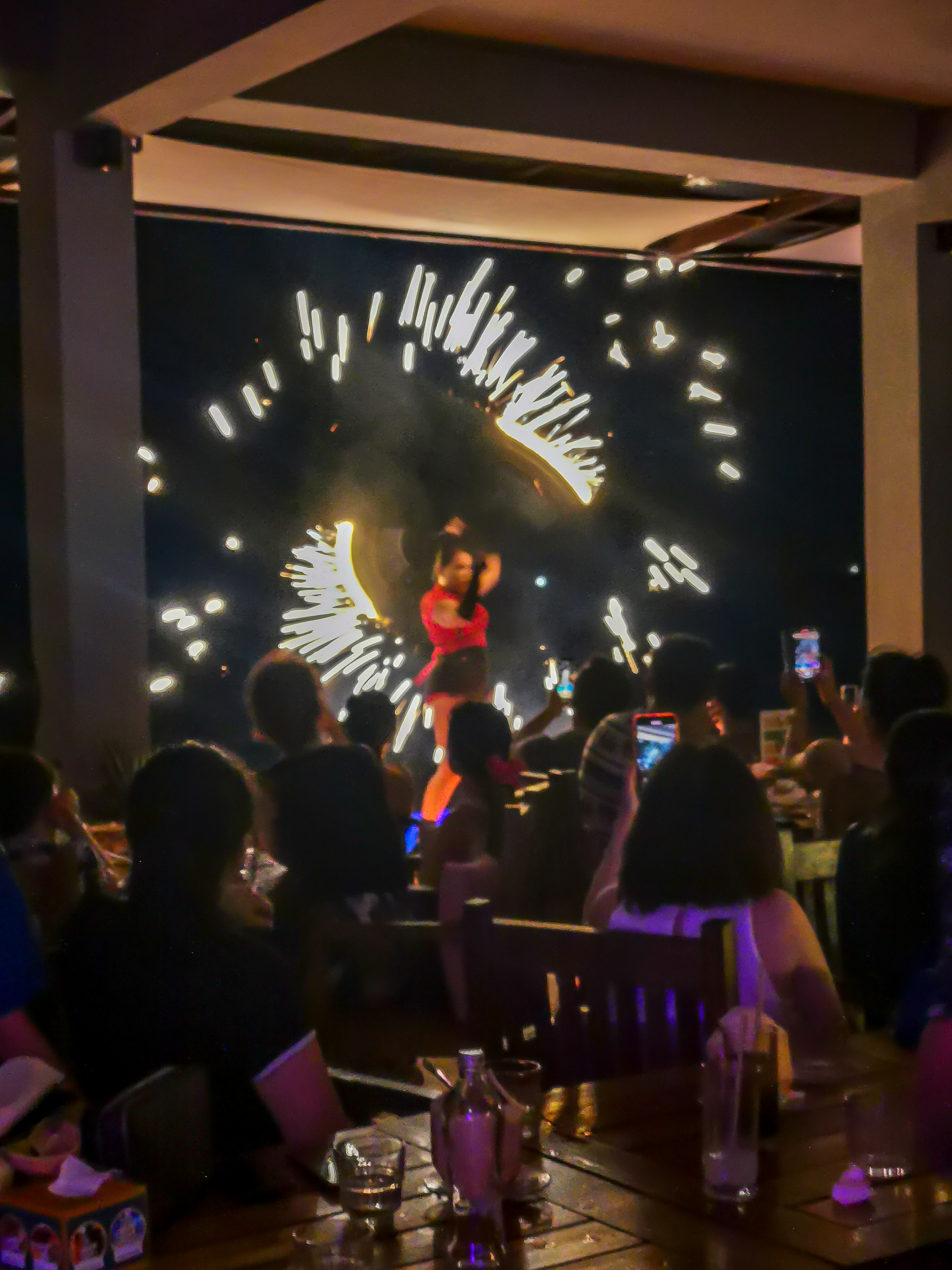
What to expect:
Expect to do nothing and just see where the day takes you.
If you do need something else to do other than just spend time at the beach and in the city, there are some great day trips you can take. You could visit Hoi An (see my post here on Hoi An); Sunworld Amusement Park (see my post here on Sunworld); My Son Sanctuary or take a road trip around Son Tra peninsula.
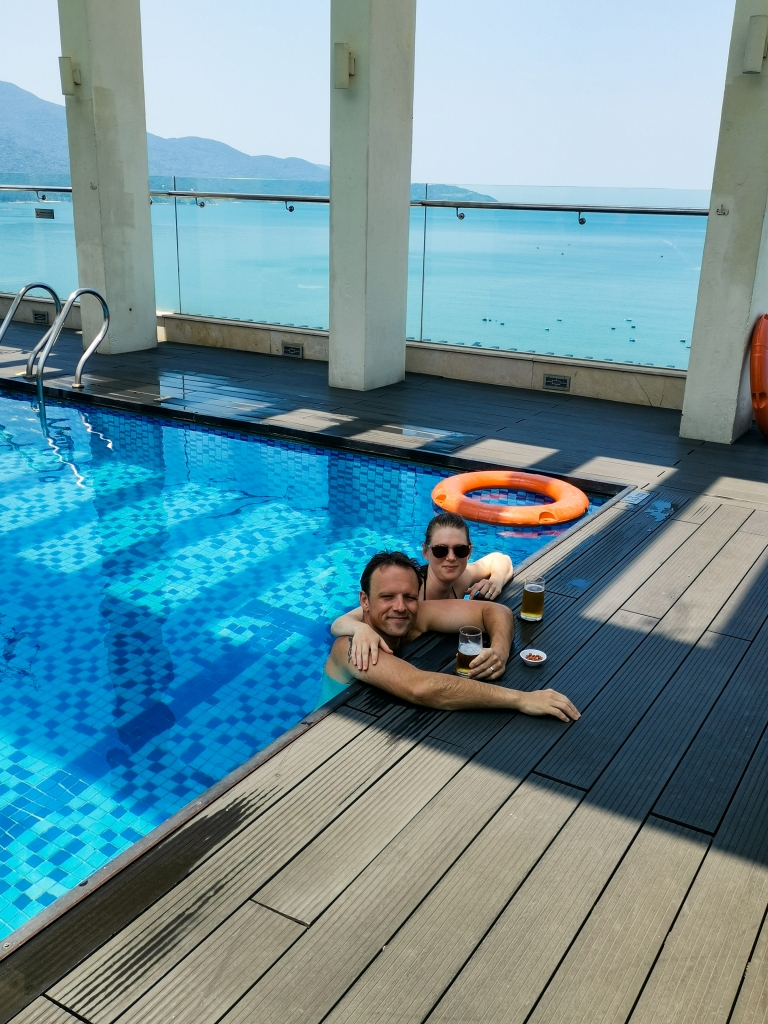
Erika xx


